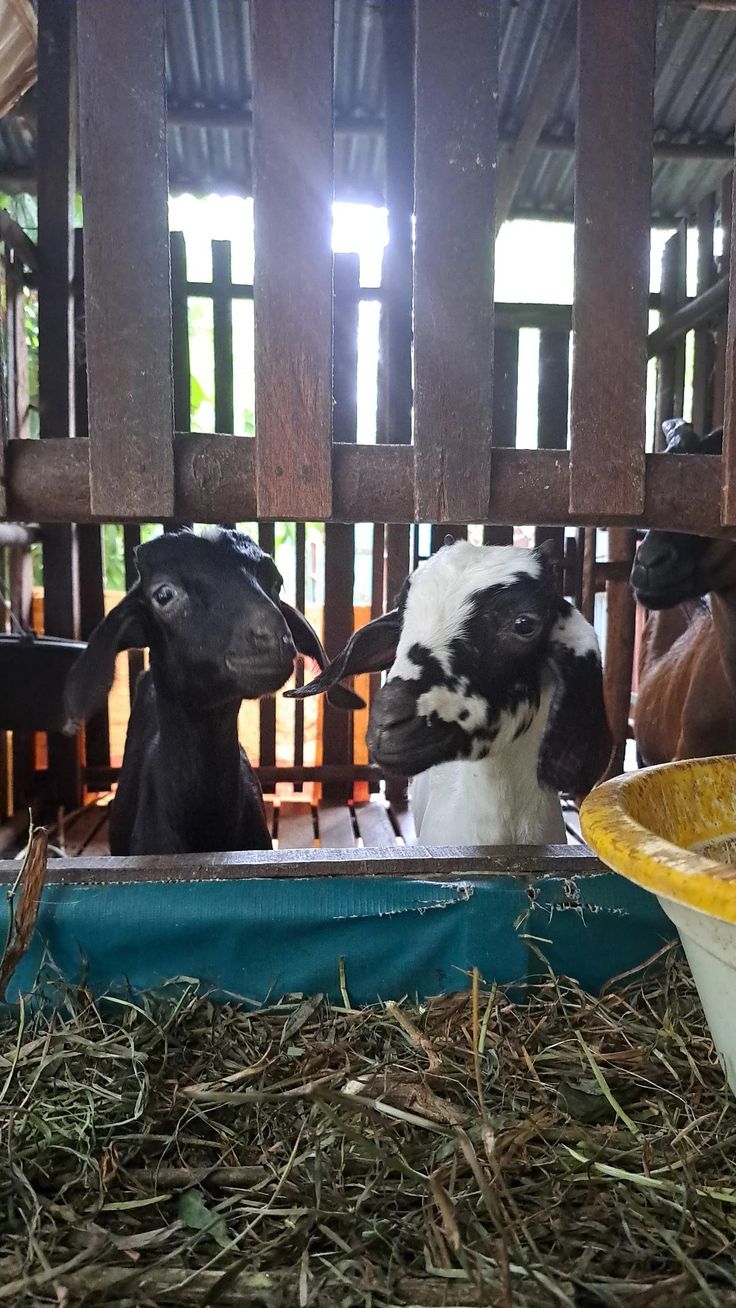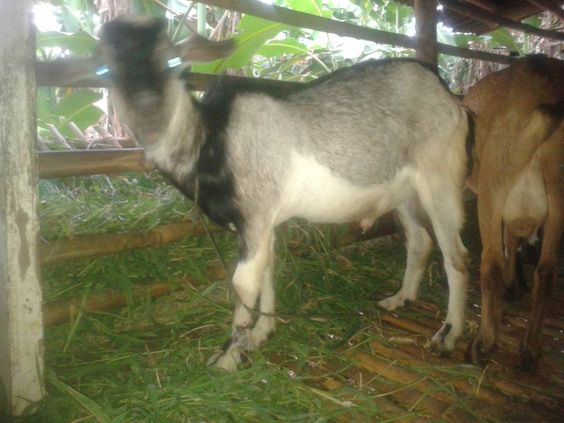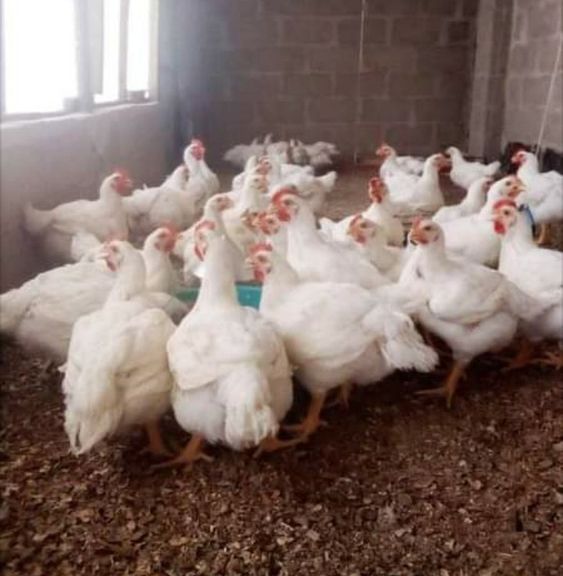Delving into Goat Farming Research: A Comprehensive Guide
Goat Farming Research has been a cornerstone of agricultural practices for millennia, providing a source of meat, milk, fiber, and even leather. As the global demand for these products continues to rise, research efforts dedicated to optimizing goat farming practices become increasingly crucial. This comprehensive guide explores the key areas of goat farming research, delving into breed selection, husbandry techniques, health management, and production efficiency.
Breed Selection: Choosing the Right Goats for Your Goals
One of the most critical decisions in Goat Farming Research is selecting the appropriate breed for your desired outcome. Goat breeds exhibit a remarkable diversity, with variations in size, coat type, milk production, meat quality, and hardiness. Here’s a breakdown of some key research areas within breed selection:
- Meat Production: Research focuses on breeds known for their rapid growth, high muscle yield, and favorable carcass characteristics. Boer goats, for instance, are extensively studied for their exceptional meat quality and efficient feed conversion.
- Milk Production: Breeds like Saanen and Alpine goats are renowned for their high milk volumes and butterfat content. Research investigates enhancing milk yield through improved genetics, nutrition, and milking techniques.
- Fiber Production: Cashmere goats, known for their luxurious undercoat, are a subject of research aimed at optimizing fiber quality, yield, and sustainable harvesting methods.
- Adaptability and Hardiness: Research explores breeds suitable for specific environments, such as browsing goats that thrive on rough terrain and goats tolerant of extreme weather conditions.
Husbandry Techniques: Optimizing Goat Care
Goat Farming Research husbandry encompasses various aspects of raising and managing goats, and research plays a vital role in refining these practices. Key areas of investigation include:
- Housing and Shelter: Research delves into designing optimal housing systems that provide adequate space, ventilation, protection from the elements, and minimize the risk of disease spread.
- Feeding and Nutrition: Studies explore formulating balanced diets catering to different goat life stages (kid, pregnant doe, lactating doe, etc.) and production goals (meat, milk, fiber). Research also focuses on optimizing feed utilization and maximizing nutrient absorption.
- Breeding Management: Research investigates effective breeding strategies, including estrus synchronization techniques and artificial insemination, to improve reproductive efficiency and kidding rates.
- Weaning Management: The transition from mother’s milk to solid food is a critical stage for young goats. Research examines weaning strategies that minimize stress and ensure proper growth and development.
Health Management: Keeping Your Herd Healthy
Maintaining a healthy goat herd is essential for ensuring animal welfare, production efficiency, and farm profitability. Research in this domain concentrates on:
- Disease Prevention and Control: This includes developing vaccination protocols to protect goats against common diseases like Paratuberculosis, Caprine Arthritis-Encephalitis (CAE), and foot-and-mouth disease. Research also explores effective management practices to minimize parasite burden.
- Veterinary Care: Studies investigate best practices for routine checkups, treatment protocols for prevalent ailments, and pain management during husbandry procedures.
- Biosecurity Measures: Research focuses on implementing effective biosecurity protocols to prevent the introduction and spread of diseases within the herd.
Production Efficiency: Maximizing Output
Goat Farming Research,Optimizing production efficiency translates to higher yields and profitability for goat farms. Here are some research areas aimed at achieving this goal:
- Growth Performance: Studies explore factors influencing growth rate in meat goats, including genetics, nutrition, and health management practices.
- Lactation Performance: Research investigates strategies to enhance milk yield and quality, such as milking frequency, lactation length, and dietary interventions.
- Fiber Quality and Yield: Research explores methods to improve cashmere fiber fineness, length, and yield through breeding selection, nutrition, and fleece management practices.
- Sustainability Practices: Research focuses on developing sustainable goat farming practices that minimize environmental impact, promote animal welfare, and ensure long-term farm viability.
The Future of Goat Farming Research
Goat Farming Research is constantly evolving, driven by advancements in genetics, nutrition, and veterinary medicine. Here’s a glimpse into some exciting areas of future exploration:
- Genomics and Precision Breeding: Utilizing genetic markers to select breeding stock with desired traits like superior meat quality or disease resistance.
- Precision Nutrition: Tailoring diets based on individual goat needs and maximizing nutrient utilization through feed additives and microbiome research.
- Advanced Disease Diagnostics: Developing rapid and accurate diagnostic tools for early detection and treatment of diseases, minimizing herd health risks.
- Automated Technologies: Utilizing automation in milking, feeding, and data collection to enhance efficiency and reduce labor requirements.
Conclusion
Goat Farming Research plays a pivotal role in ensuring the sustainability and profitability of this age-old agricultural practice. By continuously refining breeding programs, husbandry techniques, health management strategies, and production practices, research paves the way for a brighter future for goat farming. This translates to several key benefits:
- Enhanced Animal Welfare: Research advancements contribute to improved living conditions, reduced disease burden, and minimized stress for goats, ensuring their well-being throughout their lives.
- Increased Production Efficiency: Through optimized nutrition, breeding strategies, and management practices, research helps to maximize meat, milk, and fiber yields, leading to higher farm incomes.
- Improved Product Quality: Research efforts focused on genetics, nutrition, and processing techniques contribute to superior meat quality, richer milk, and finer fiber, enhancing the marketability of goat products.
- Environmental Sustainability: Research delves into sustainable pasture management, manure utilization, and waste reduction strategies, minimizing the environmental footprint of goat farming.
- Economic Empowerment: By providing efficient and profitable farming methods, research empowers goat farmers, particularly small-scale producers, to generate sustainable livelihoods and contribute to rural development.
Looking ahead, the future of goat farming research is brimming with exciting possibilities. As advancements in genomics, precision nutrition, and automation technologies continue, goat farming practices will become even more efficient and sophisticated. This will lead to the development of robust and resilient goat breeds, improved disease control measures, and a more sustainable and ethical approach to goat farming. Ultimately, goat farming research holds the key to unlocking the full potential of this versatile livestock species, ensuring its continued contribution to global food security and rural economic development for generations to come.






